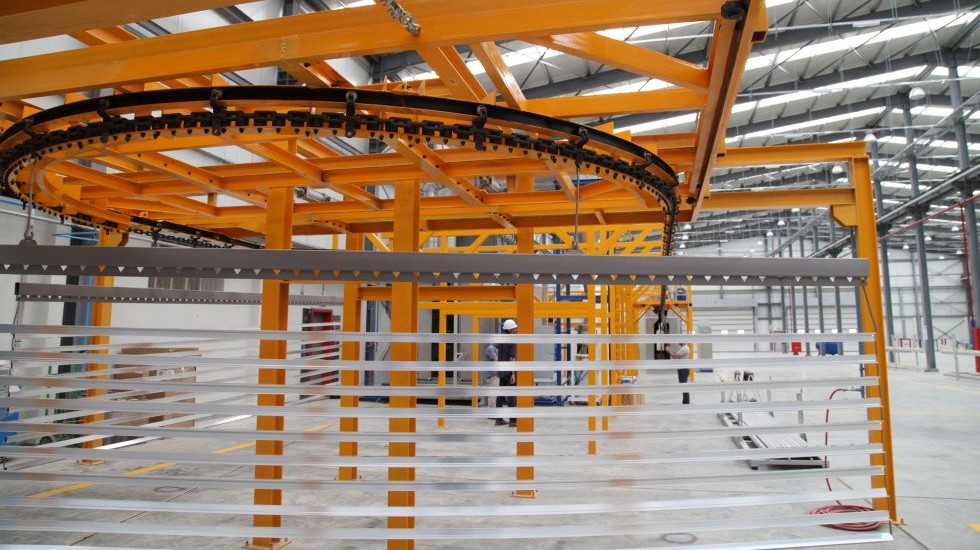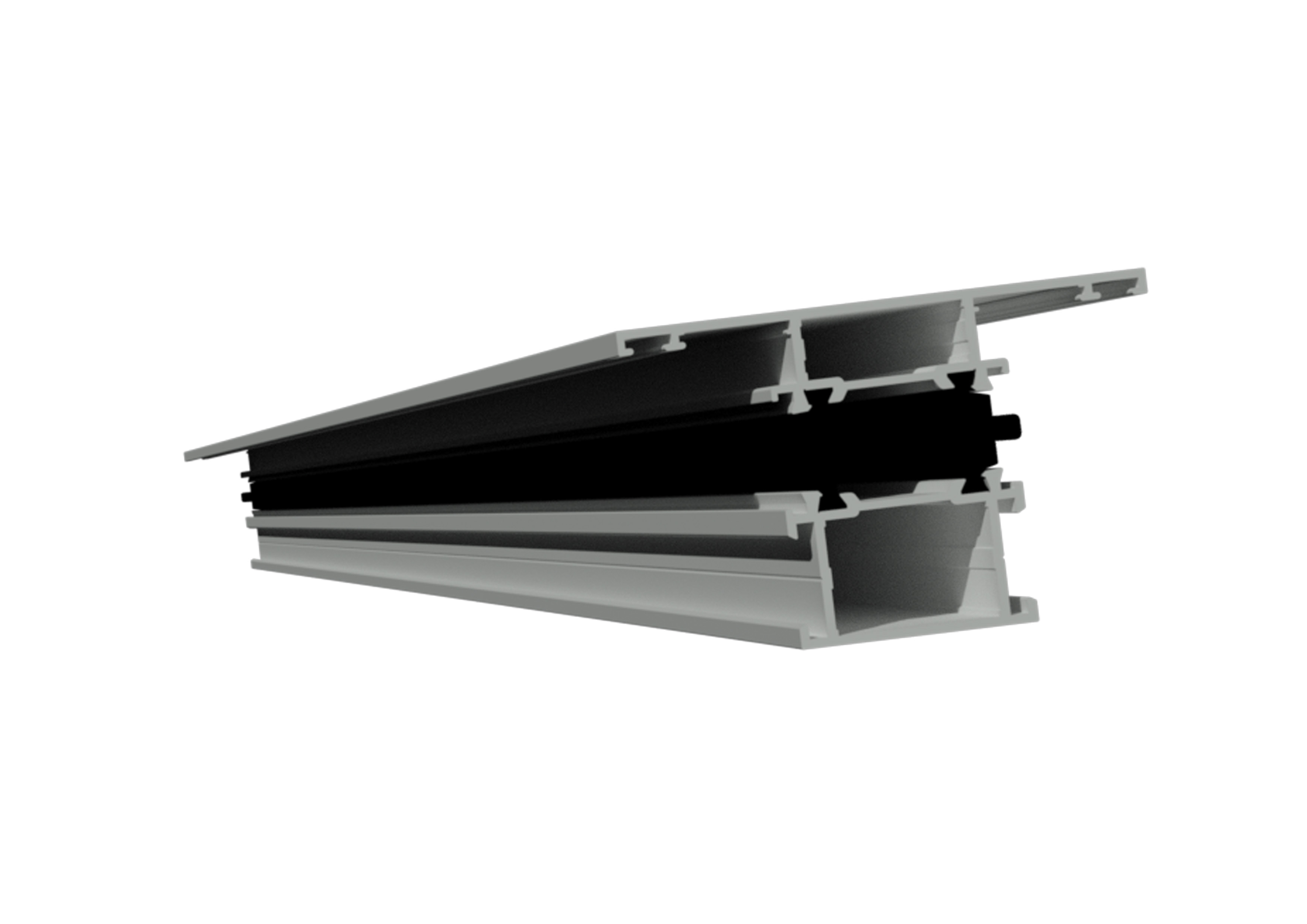
Powder Coating & Anodizing
Powder Coating & Anodizing
Asia Aluminium Company prioritizes the quality and
appearance of its extruded aluminium profiles by using two distinct coating
techniques, providing an attractive finish.
These techniques are powder coating
and electroplating (anodization).
Aluminium Powder Coating:
Powder coating is a dry finishing process that applies a powder to the surface of aluminium profiles.
This powder is then heated in a specialized oven, causing it to melt and form a smooth, durable finish.
The result is a surface that is not only visually appealing but also resistant to wear and corrosion.
We provide a variety of colors from the best international brands such as (Jotun).
Advantages of Powder Coating:
Corrosion Resistance: Powder coating provides a durable protective layer against corrosion and weather elements, which is crucial for the environment.
Aesthetic Variety: It offers a wide range of colors and finishes (glossy, matte, etc.) to enhance the aesthetic appearance of products in the market.
Exceptional Durability: The resulting coating is highly durable, making aluminium resistant to environmental factors, including ultraviolet rays prevalent in the region.
Environmentally Friendly: This dry coating process is free from harmful chemicals.
Anodizing: An Electrochemical Coloring Process for
Aluminium
Anodizing is an electrochemical process that enhances the
natural oxide layer on aluminium surfaces, allowing for deeper color penetration
and improved durability.
Advantages of Anodizing (Oxidation):
High resistance: This process enhances the material's resistance to corrosion, increases its hardness, and increases its resistance to friction.
Aesthetics improvement: Enhances the aesthetic appearance, such as longer
lasting colors.
Environmentally friendly: It does not use harmful chemical solvents, making it a sustainable choice.
Thermal Break Aluminium Profiles :
After coating the profile with ( polyamide ) according to the customer's specifications, this method enhances resistance to both heat and cold.
Thermal insulation model
